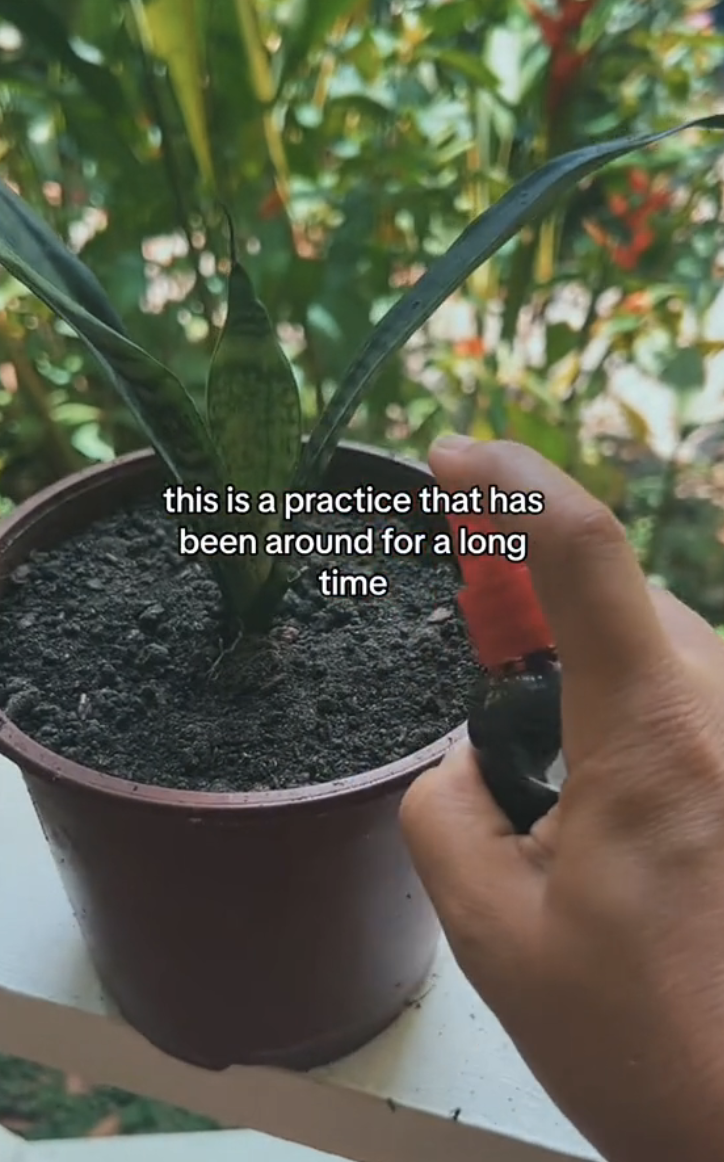oh good, it gets worse
March 20, 2009 | celebrity | editor | 0 Comments
A number of questions are beginning to surface concerning Natasha Richardson and the care she received in the hours leading to her death. Hey look, an easy to read timeline that explains what I mean but took me an embarrassingly long time to figure out and do:
12:30pm (roughly): Natasha falls on what the resort describes as “soft, wet snow”. They say, “It was right in the middle of the slope so she didn't hit anyone or a tree … It wasn't a violent fall at all.”12:43pm: ambulance company records say this is when the first call came in concerning Natasha. The resort says she isn’t asking for a ambulance but they insist. I guess because she didn’t hit anything when she fell on soft wet snow, nature’s most lethal predator. 1:00pm: ambulance arrives but is turned away, told Natasha doesn’t want a doctor. The resort says she is “laughing” and “walking”. The paramedics say she’s lying on a stretcher. 2:00pm: according to the resort, Natasha was taken by ambulance to the local hospital complaining of a headache.3:00pm: huge discrepancy here, the ambulance company says this, 3:00pm, is when they get the second call to treat Natasha. According to the resort, she left in a phantom ambulance an hour earlier. 3:09pm: the ambulance (the real one) arrives, attends to Natasha.3:42pm: ambulance leaves the resort.4:15pm: arrives at St. Agathe hospitol 5:00pm: Natasha is prepped to transfer to a specialized trauma center in Montreal. 6:00pm: Natasha leaves for Montreal.7:00pm: arrives at Montreal's Sacré-Coeur Hospital.
Later that night she was declared by the doctors in Montreal. Yesterday her death was ruled an accident resulting from blunt trauma to the head (“soft, wet snow”). The New York Times explains why the delay is such a big deal:
Brain surgeon Dr. David J. Langer said that a clot can develop from the bleeding following such a trauma. He added that if a patient undergoes surgery — ideally within an hour of the injury — to relieve the pressure, remove the clot and stop the bleeding, the patient can recover. “It can be quite dramatic. It’s one of the most acute neurological emergencies. It’s one of the few times where it’s life or death, where you can truly save somebody’s life, or they die if you don’t get to them.”
Now to the Aussie doctor who pioneered the research in this field, just to make things worse:
“…once diagnosed, the treatment would have been relatively straightforward surgery: a section of skull would be removed, allowing the clot to be extracted and the bleeding stemmed, relieving pressure on the brain. The operation can be done by a general surgeon or even in some instances by a general practitioner.”
I keep coming back to the part where the resort says she was “laughing and walking off her injury” and the paramedics say she was “sitting on a stretcher”. I don’t mean to nitpick but those two things aren’t very similar at all. Someone appears to be lying. Oh that’s right. I’m on to you Canadian Resort. You have to wake up pretty early in the morning to fool me.
(the timeline is from the nyt and the globe and mail. statements attributed to the resort are from the daily news and the canadian. aussie doctor quote is from the australian.)








